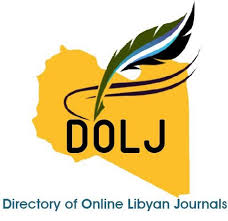Publishing Ethics and Misconduct
- The journal is committed to publication ethics and guidelines to ensure high-quality scientific publishing and confidence in the published research.
- The journal reviews all submitted papers through a double-blind review process; that is, the research submitted for publication is evaluated by peer reviewers who do not know the authors identities, and the authors do not know the identities of the reviewers.
- The plagiarism and research falsification is checked using (PlagScan). The Journal of Engineering Research reserves the right to use plagiarism detection software to examine submitted papers at any time. Falsification such as manipulating existing research data, tables, or images is evaluated according to established publishing codes of conduct, and any suspected cases of plagiarism or duplicate publication will be reported.
- All articles that do not comply with publication policies will be removed if misconduct is discovered at any time, even after publication.
- The publication of an article in a peer-reviewed journal is an essential building block in the development of a coherent and respected network of knowledge. It is a direct reflection of the quality of the work of the authors and the institutions that support them. Therefore, it is important to agree on the ethical standards expected of all parties involved in the act of publishing: the author, the journal editor, the peer reviewer, and the publisher. Accordingly, the journal is committed to the highest standards of publication ethics and takes all necessary measures against any misconduct in publishing.
- All parties involved in publishing; the authors, the journal's editorial board, the reviewers, and the publisher comply with the standards of ethical conduct.







